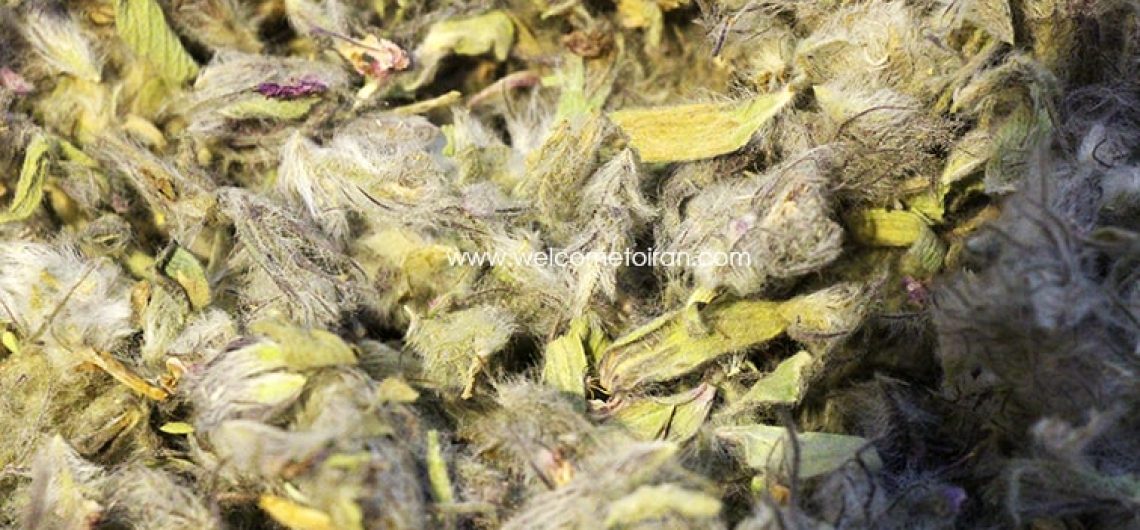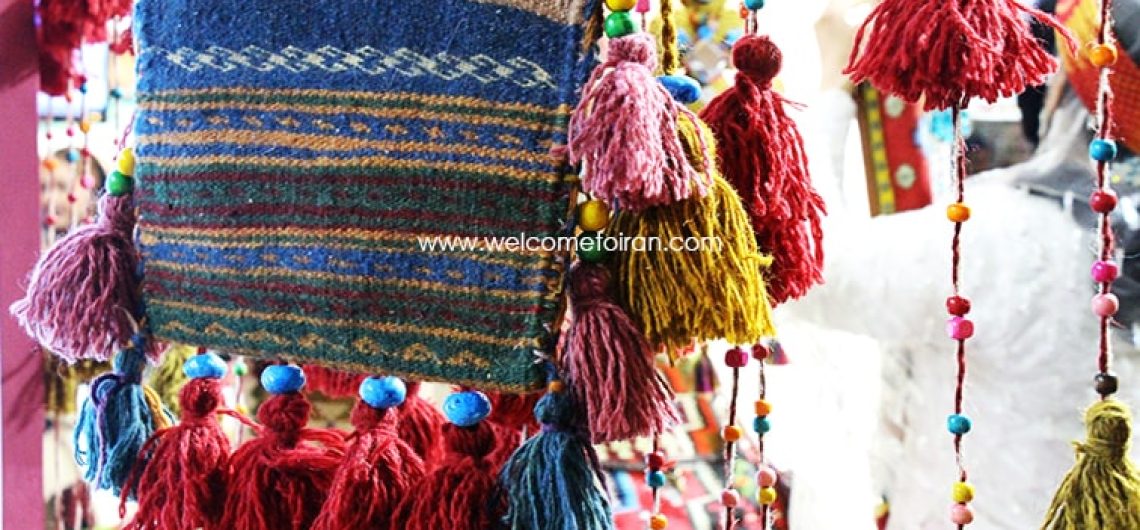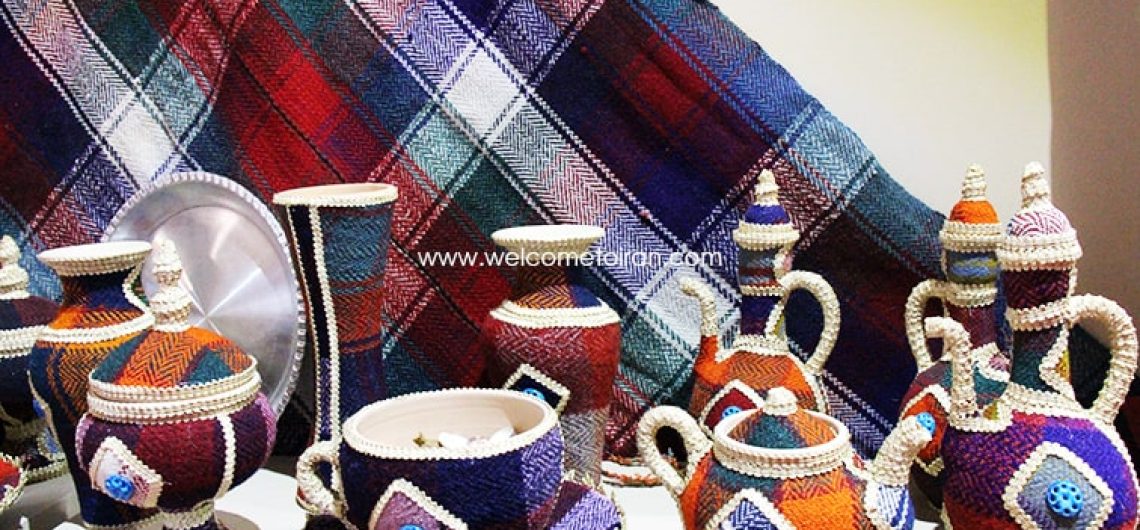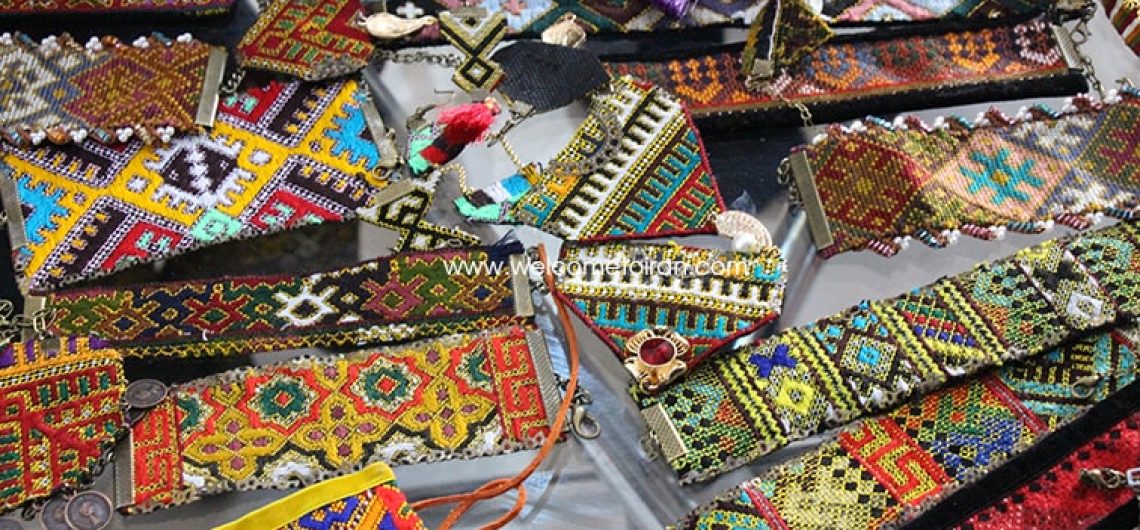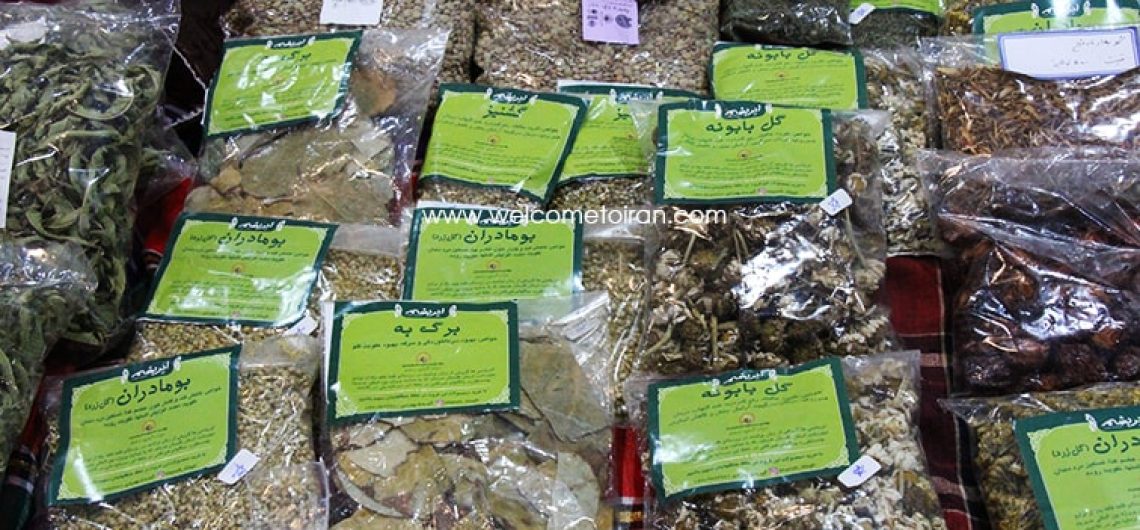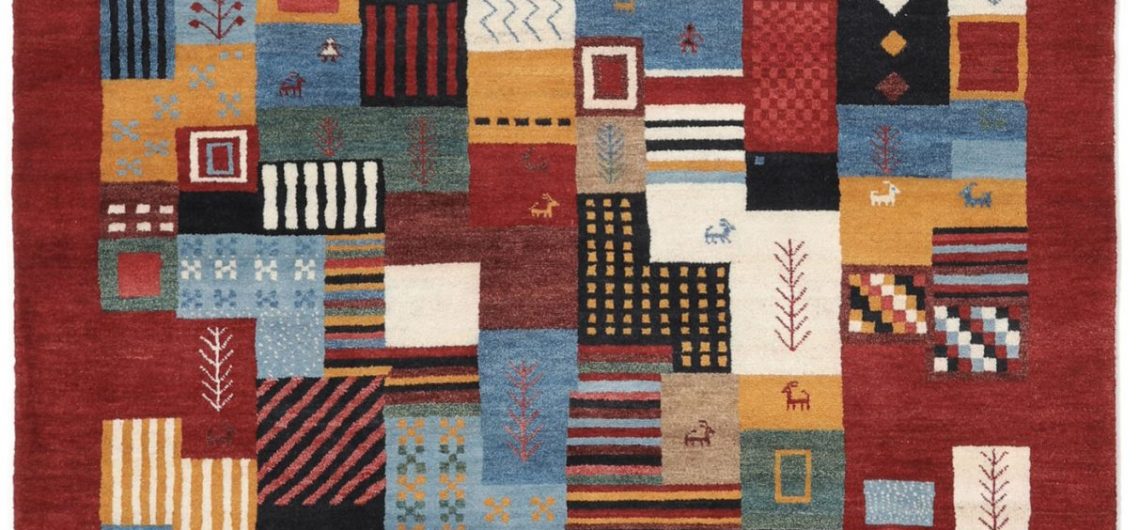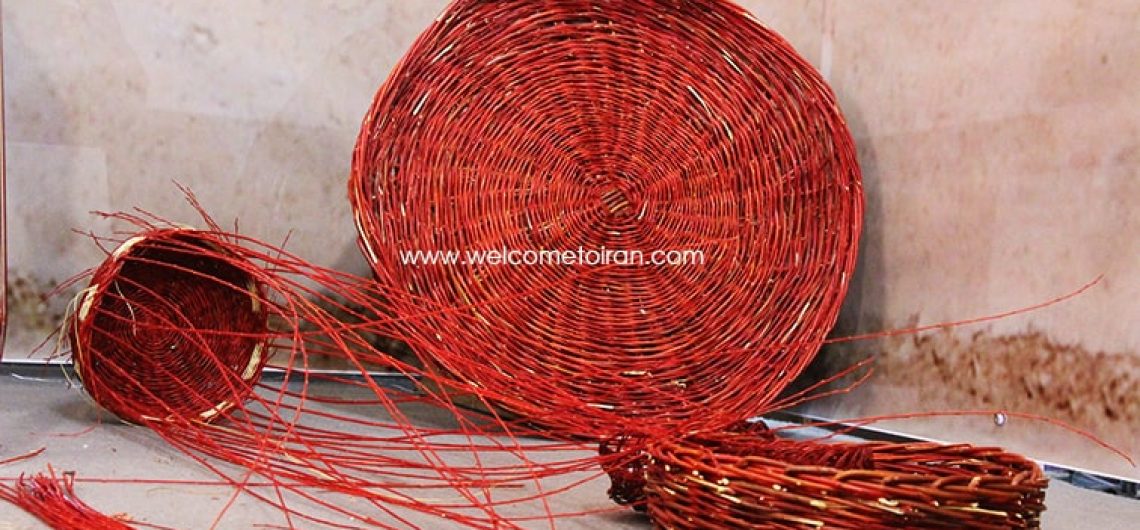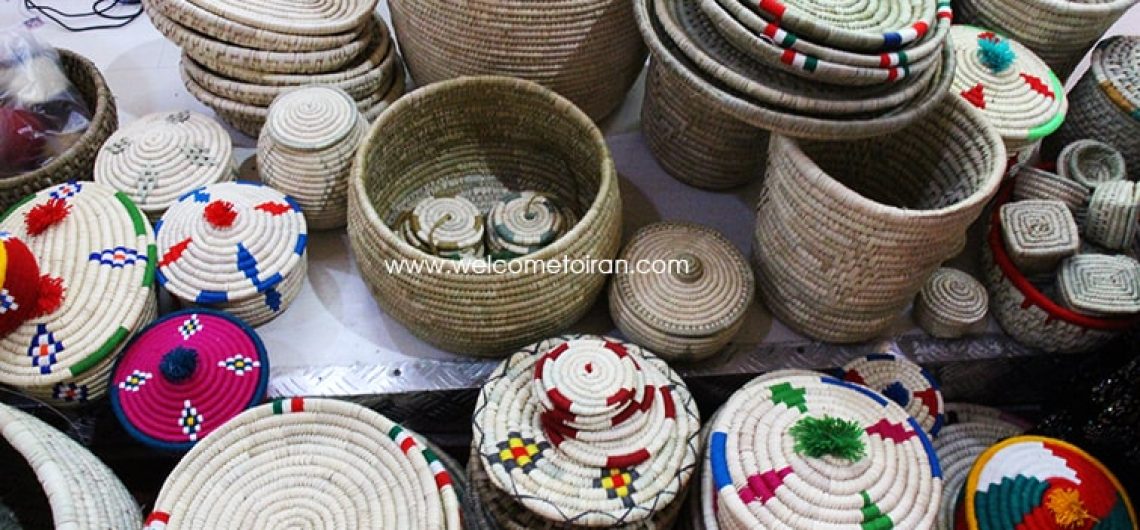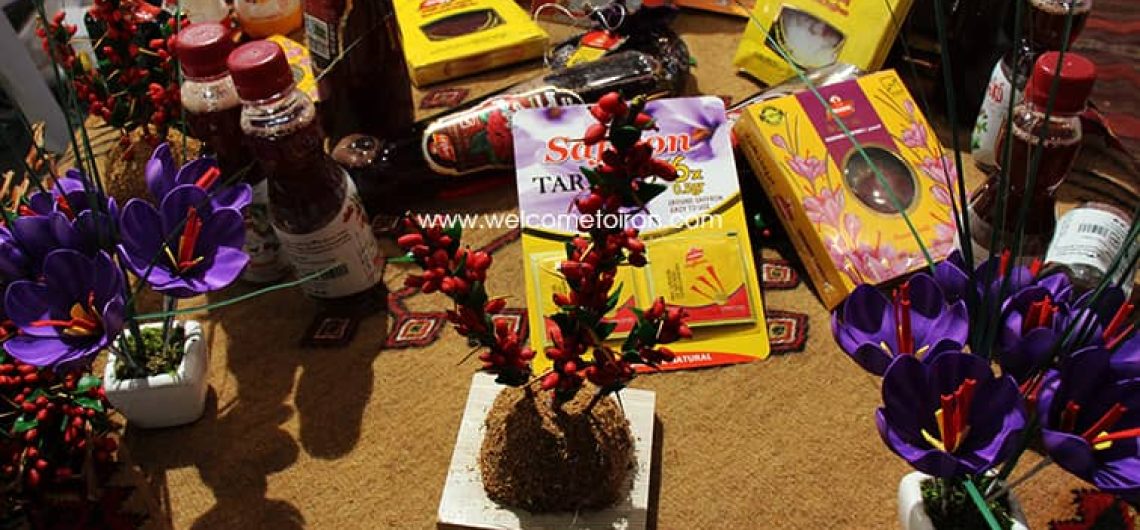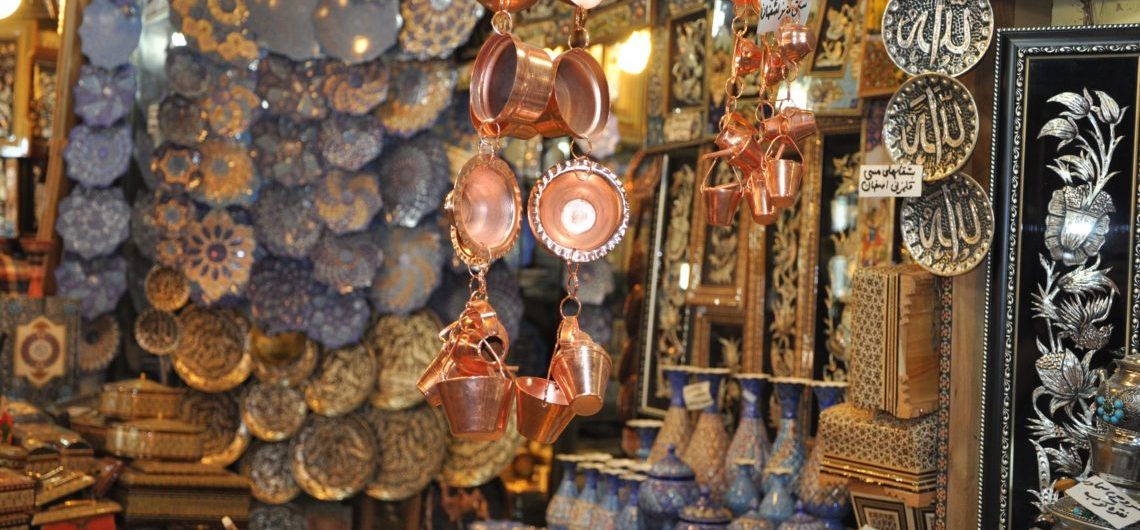Gabbeh or the rug is the kind of carpet with another gender that is usually weaving in the small shape and by the hands of Lor and Qashqai nomads. Early humans used of the skin of animals as their ground cloth. With the passage of time, they domesticated animals that they have wooly skin and obtained enough experiments in making necessary tools, they spine the wools of the animals and weaved simple kilims that they were the first warp and weft ground clothes. Later base on the experiments and tries they made different kinds of ground clothes in the variety of shapes that one of them has the name of Gabbeh. Gabbeh has high lint and the numbers of woof in making of itself and that it has more impressive effect in the softness of Gabbeh. In some kinds of Gabbeh, the numbers of woofs are from 3-8 in every row and the height of them are sometimes come to be until one centimeter. History It is not truly understood that where the name of Gabbeh from. The scientific of carpet today for finding the root of this word passes very hard sophisticated ways. They find two meanings for this word that the fist on is “Ugly and usual” and the second one is “Protection”. But today the meaning of this word is “Rough” and that is the kind of carpet and has coarse weaves. At first, it was as the woven ground cloth that was the barrier of influence the cold state of the ground. Different Gabbeh designs At first, Gabbehs were weaving simple and without any special design. The weavers weaved Gabbeh by inspiration from the environment and nature around themselves and they work by their designs inside their mind on Gabbeh either. Because the weavers made Gabbeh
Gabbeh or the rug is the kind of carpet with another gender that is usually weaving in the small shape and by the hands of Lor and Qashqai nomads.
Early humans used of the skin of animals as their ground cloth. With the passage of time, they domesticated animals that they have wooly skin and obtained enough experiments in making necessary tools, they spine the wools of the animals and weaved simple kilims that they were the first warp and weft ground clothes.
Later base on the experiments and tries they made different kinds of ground clothes in the variety of shapes that one of them has the name of Gabbeh.
Gabbeh has high lint and the numbers of woof in making of itself and that it has more impressive effect in the softness of Gabbeh. In some kinds of Gabbeh, the numbers of woofs are from 3-8 in every row and the height of them are sometimes come to be until one centimeter.
History
It is not truly understood that where the name of Gabbeh from. The scientific of carpet today for finding the root of this word passes very hard sophisticated ways.
They find two meanings for this word that the fist on is “Ugly and usual” and the second one is “Protection”. But today the meaning of this word is “Rough” and that is the kind of carpet and has coarse weaves. At first, it was as the woven ground cloth that was the barrier of influence the cold state of the ground.
Different Gabbeh designs
At first, Gabbehs were weaving simple and without any special design. The weavers weaved Gabbeh by inspiration from the environment and nature around themselves and they work by their designs inside their mind on Gabbeh either.
Because the weavers made Gabbeh for their needs and personal consumers so they use to form their idea inside their mind to made Gabbeh and sometimes they weave their wishes on Gabbeh and show them to anyone else. These wishes are as same as the design of Chador (scarf) that it has maybe the meaning of having fixed shelter and or having the role of the human as family and the other designs that each of them shows their unique role for anybody.
Gabbeh is the tissue that it contains origin and designs that they use in weaving them are making shapes of them different from the other kinds of tissues. Most of Gabbeh designs are inspiration from the nature around weavers and the things that they happened in the weaver’s mind.
The most important designs of Gabbeh are as follow:
Lion design
The most important design that it was weaving around nomads is the lion that is the only common one between weavers from different regions.
Adobe or frame shape design
This design is one of the most practical designs of Gabbeh and it is beloved in between of Fars and Bakhtiari weavers. The basis of that includes designs with regular frames that each of the frames individually coordinated design with the other frames.
Designs that they use in the frames and make frames beautiful are as follow:
- Geometric designs
- Tree, flower and bird designs
- Studs designs
- Star designs
Design of Gabbeh dock
This design contains Bergamot in the middle that it shows a flower that it is the resource of the other flowers and buds that they spread in the Gabbeh.
Design of Gabbeh Flower
The design of the Rose flower inside the Gabbeh called Gabbeh flower.
Design of Eilat
This design is coming from nature around nomads and it is quite subjective. You can find this kind of design mostly inside some frames as follow:
- Oval
- Square
- Circle
- Rectangular
- Lozenge
Each frame is adorning with Iranian origin designs.
Design of Tree
The tree has the important place in the human life that from all trees Weeping willow (symbol of sorrow) and Cedar (symbol of happiness) have most use in between of people.
Design of Corrugated
This kind of design has different spices that they weave by the hands of weavers. Directions of these ways in the Gabbeh are often in the shapes of vertical and skewed and sometimes you can see horizontal ways either.
Home in Home design
There is a mystical concept inside this design. These homes inside each other and monotone are showing abstract pictures from the stages of life that the beginning of that is from the universe and end of that is lead to the gem of essence and existence.
Design of Simple Floor
This kind of Gabbeh incarnate tables without designs against mind. This doesn’t have any designs show the poor rural homes and without product lands of the villagers. The other kinds of designs are used in the villagers Gabbeh that they are as follow:
- Animals
- Man
- Sanctuary
- Four corners
- Crinkle
- Spider
- Lozenge Lozenge
- Lozenge that they are on each other
Comparing of Old and New Gabbeh
The kinds of Gabbeh that they were weaving in the past had colour from themselves. It means that they use the wool of the ship without any changing in the colour of them.
These colours are as follow:
If weavers have a good day they will use white colour but if they don’t spend the enjoyable day so you can understand their feeling from the Black colours of the Gabbeh. Little by little weavers consume from the natural and herbal colours for their wools and combined their mental designs with these colours wools. After this time good welcomes come to these Gabbeh and for having more speed chemical dyes replaced of natural colours and also spinning machine came instead of hand spinning wool. With the disappearance of the old and mental designs, new designs are coming instead of them. However, these designs don’t have the originality of the last designs but they have special beauty for themselves. This kind of Gabbeh has the good boom for a little time but by passing the time they lost their value.
Ways of keeping Gabbeh
As same as the same levels of producing Gabbeh that they contain special importance for itself, keeping it also needs accuracy and attention that it will have the reason for increased durability and price of them.
Damaging elements are including such insects as follow:
- Willow
- Termite
- Beetle
- Mouse
From this group an awful one is Willow. There are some different ways for countering with Willow. These proposed ways are as follow:
- Using special chemical solution in the time of washing
- Spray front and back parts of Gabbeh with insecticide
- Using naphthalene and tobacco in stock
People must avoid from keeping it in dark and wet places, and also in exposed of direct sunlight radiation because they are reasons of making Gabbeh pale.
It is better for staying of them from any kind of wet probable situation using part of carpet under them and exposure them in the air.


